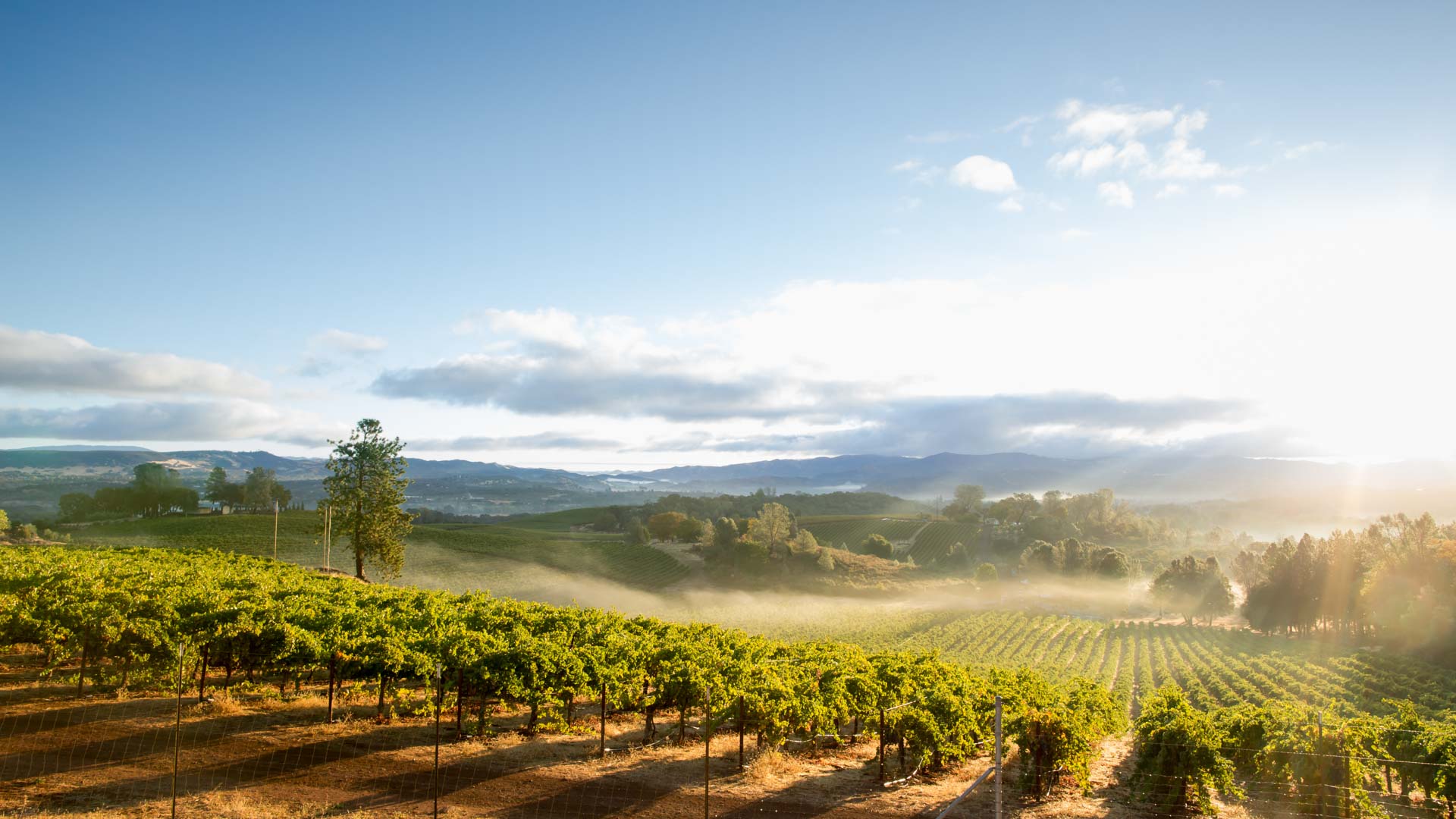Even in North America’s hottest and driest place, which gets less than two inches of rain per year and bakes in blistering summer temperatures, life manages to find a way. While Death Valley might be best known for its barren landscape, over 400 animal species and 1,000 types of plants call the park home. With a sharp eye and some strategic planning, visitors can witness the animals who weather the extreme conditions.
Desert bighorn sheep—which can be up to five feet long and three feet tall at the shoulder—are always on the move. Although they are nearly invisible when standing still, thanks to fur the color of desert sand, one of the best places to spot them is Titus Canyon, where a freshwater spring serves as a watering hole.Roadrunners live year round at the developed areas of Furnace Creek and Stovepipe Wells, feeding on the park’s dozen-plus species of lizards, including the stout chuckwalla that can be seen sunning on rocks. Desert pupfish have adapted to survive in hot and salty water. An endangered species, they are easy to find during their spring mating season (March and April) at Salt Creek. After the sun sets, keep an eye out for the nocturnal-but-friendly kit fox and the diminutive kangaroo rat that can jump up to nine feet.
It’s hard to imagine a cactus not growing in the desert, but that’s the case in Death Valley’s most severe settings. The hot-enough-to-fry-an-egg heat in the lowest parts of the valley make it too tough for even a hardy cactus to grow. But head to the hills to discover prickly succulents, including the barrel cactus, cholla, beavertail, and cotton top. You can also find other flora, from taproots that extend 60 feet into the earth to the creosote bush, an olive-green shrub that is considered to be the most drought-tolerant plant in North America. If you’re lucky, you might even witness a super bloom, the rare phenomenon in which dormant wildflowers bloom in late winter following heavy autumn rainfall.
